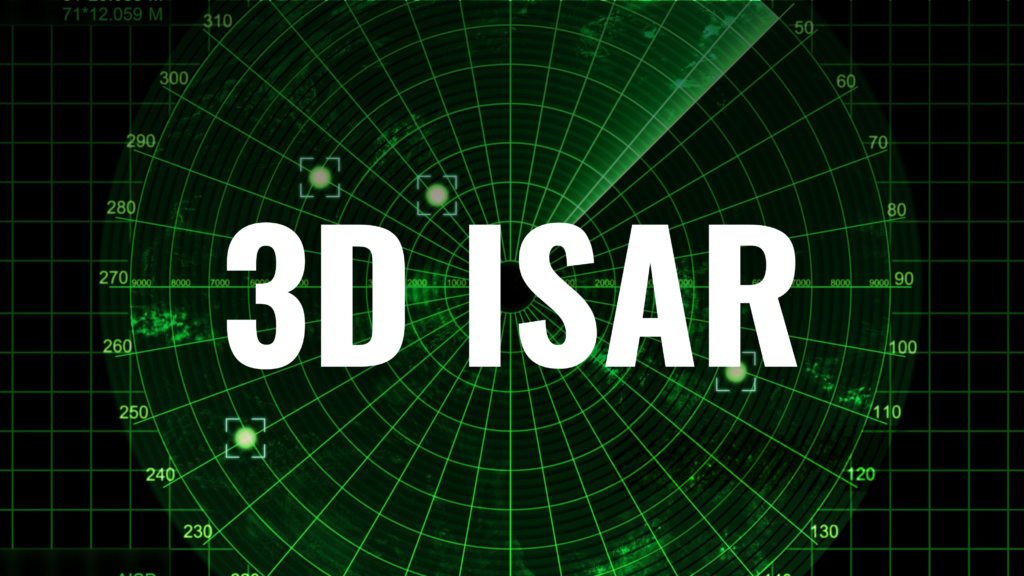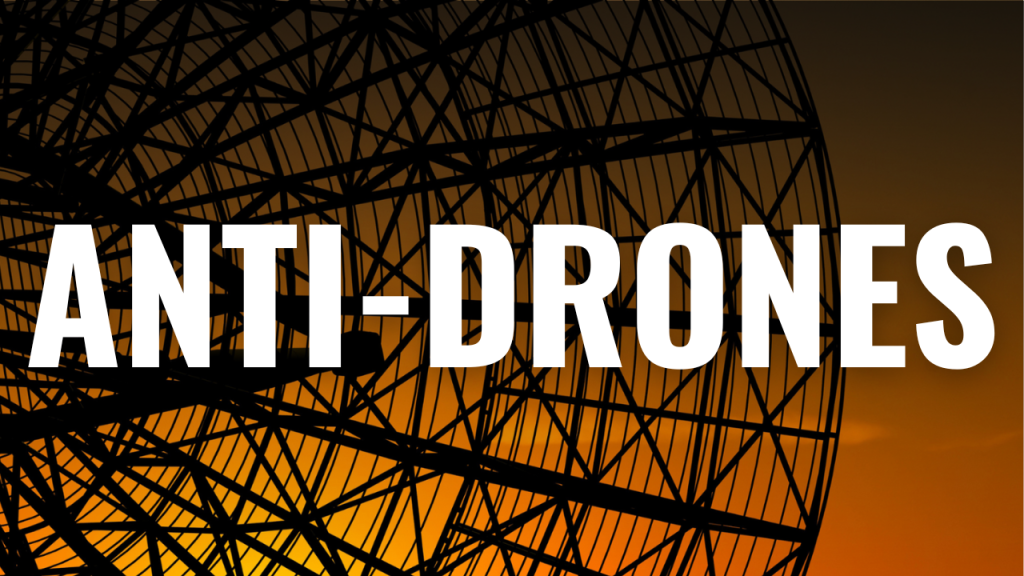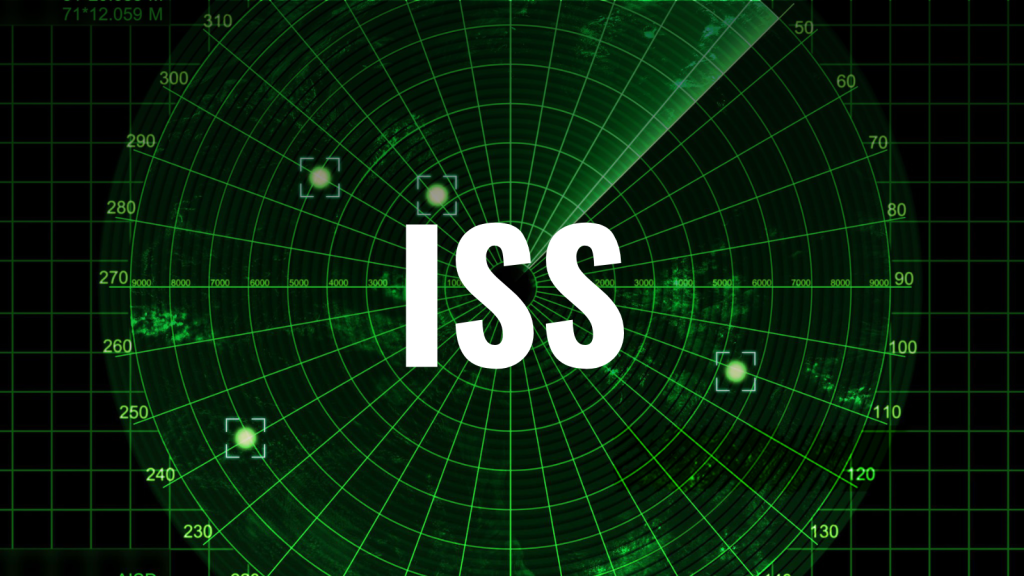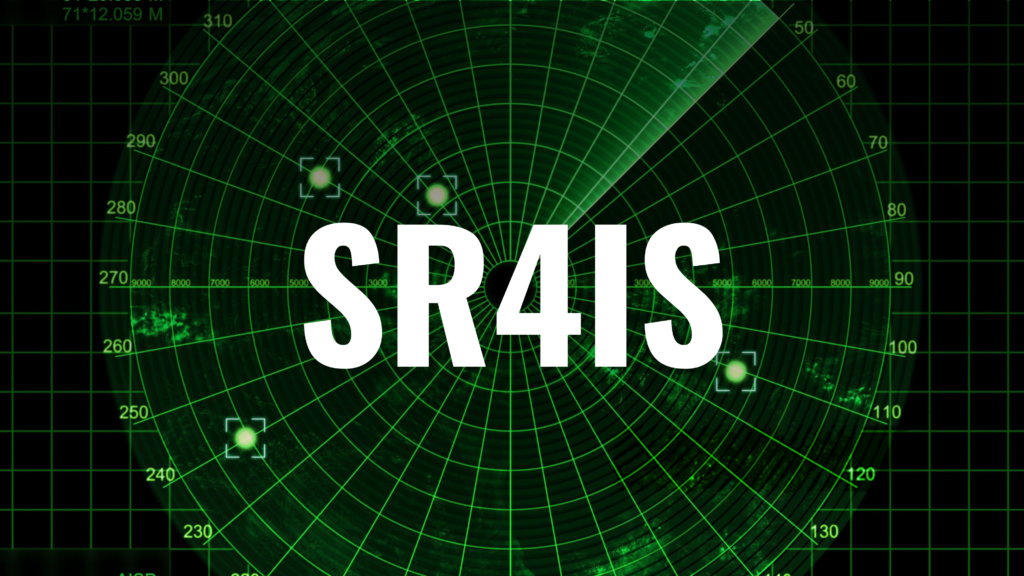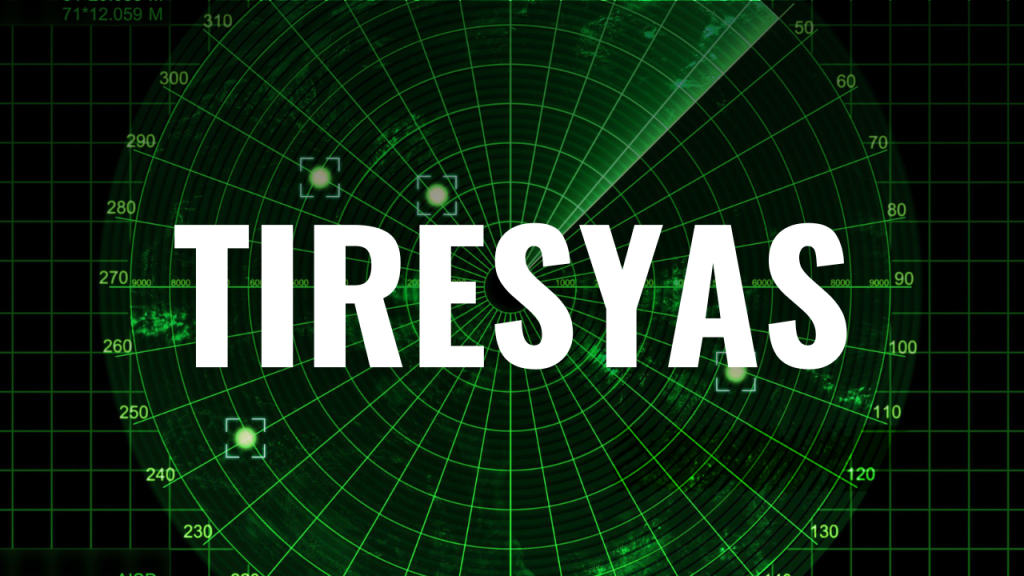AI4CUAV
NATO-SPS
IUS, MTU, GPI, UniLink, KhNUIA
March 2024 – September 2026
Ukraine, Bosnia and Herzegovina, North Macedonia, Germany, Moldova, Italy
ANTI-DRONES
NATO – ESCD – SPS Programme
CNIT-RASS, Mother Teresa University (MTU), North Kazakhstan State University (NKSU)
September 2019 - March 2023
Italy, North Macedonia, Kazakhstan
ARMA
Italian Ministry of Defence (MoD)
LEONARDO S.p.A, MBDA, LINKS, POLITECNICO DI TORINO
February 2022 – March 2023
Italy
ARTURO
EU EDF
Scalinix, Sentech Srl, Thales DMS France SAS, Thales Nederland BV, Totalforsvarets Forkskningsinstitut, Universidad de sevilla, Università degli Studi di Pavia, XY-Sensing, Leonardo SpA...
September 2023 - August 2026
Italy, France, Germany, Netherlands, Sweden, Spain, Poland, Finland, Lithuania, Estonia, Greece
FARADAI
EU EDF
ETHNIKO KENTRO EREVNAS KAI TECHNOLOGIKIS....
December 2022 - August 2026
Lithuania, Bulgaria, Belgium, Estonia, Germany, Spain, Greece, France, Netherlands, Germany, Latvia, Poland, Italy, Hungary
HYPOTENUSE
European Defence Agency (EDA)
ONERA, FHR, Flysight, HENSOLDT, Leonardo, ISL, MBDA It, LINKS, WUT
April 2022 – April 2023
France, Italy, Germany, Poland
iFURTHER
EU EDF
Hellenic Aerospace Industry SA, Office National D’etudes Et De Recherches Aerospatiales, Ethniko Asteroskopeio Athinon....
December 2022 - November 2025
Italy, Greece, Germany, Czech Republic, Spain, France, Finland, Poland, Cyprus
LEO-TO-VLEO
European Defence Agency (EDA)
TYVAK International, Politecnico di Milano, FlySight
March 2024 - March 2025
Italy
NORMA
NATO Emerging Security Challenges Division, SPS Programme
IRE NASU with the participation of Echoes srl
May 2018 – May 2021
Italy, Ukraine
PESCO
European Union under the Italian National Recovery and Resilience Plan (NRRP) of NextGenerationEU
CNR IIT, CNR IEIIT, CNR IREA, UniFI, UniPI, IniPD, UniBO, CNIT PNT Lab, OpenFiber
January 2023 - December 2025
Italy
QUANDO RF
European Defence Agency (EDA)
CNR, ONERA, TNO, FLYBY, HENSOLDT, LEONARDO, TECNOBIT, THALES, DLR, CNIT
July 2021 - July 2022
Italy, France, Germany, Netherlands, Spain
QUANDO SC3
European Defence Agency (EDA)
CNR, FLYBY S.R.L., LEONARDO S.P.A., TECNOBIT, THALES R&T, DLR
December 2022 - December 2023
Italy, France, Germany, Spain
REACT II
European Union
Indra (Coordinator, Spain), Elettronica (ELT, Italy), Hensoldt (HEN, Germany), Saab (SAAB, Sweden), Thales (TSA, France), CAFA Tech (CAFA, Estonia), BPTI (Lithuania), Rantelon (RAN, Estonia), Bianor Services (BIA, Bulgaria), XY Sensing (XYS, Poland), Axte
December 2023 - November 2027
Spain, Italy, Germany, Sweden, France, Lithuania, Netherlands, Poland, Estonia, Bulgaria
RING
European Defence Agency (EDA)
GEM, ECHOES, WUT, PIT-RADWAR
January 2020 - October 2023
Italy, Poland
SEPROM
European Defence Agency (EDA)
Warsaw University of Technology, Fraunhofer Institute for High Frequency Physics and Radar Technique, Leading Innovation and Knowledge for Society (LINKS Foundation), EM Techn. Company FreeSpace Srl
April 2021 - October 2024
Italy, Germany, Poland
TAN TOM
MISE
Barnini srl, TECNOCREO srl., S.I.R.I.O srl, Stazione Sperimentale per l’Industria delle Pelli e delle materie concianti (SSIP)
April 2023 - April 2026
Italy
TIRESYAS
EU EDF
Leonardo S.p.A. (LDO, Coordinator) Italy, AALTO KORKEAKOULUSAATIO (AALTO) Finland, AIRBUS DEFENCE AND SPACE GMBH (AIR) Germany, BALTIJOS PAZANGIU TECHNOLOGIJU INSTITUTAS (BPTI) Lithuania, CNIT.................
September 2024 - August 2027
Italy, France, Spain, Germany, Sweden, Finland, Netherlands, Poland, Lithuania, Estonia, Greece
WATCHEDGE
European Union under the Italian National Recovery and Resilience Plan (NRRP) of NextGenerationEU
POLIMI, UNICT, Italtel, UNIPI, Università di Milano Bicocca, Nextworks, Sensor-ID
January 2023 - January 2026
Italy
WATER4AGRIFOOD
Progetto Codice ARS01_00825 - Area di Specializzazione “Agrifood”, PON R&I 2014-2020 e FSC
UniCT-Di3A, Suez, Planeta, Irritec, CREA, ISEA, Tecno.El, CER, Polyeur, Bonifiche Ferraresi, Agriservice.
November 2020 - May 2023
Italy

